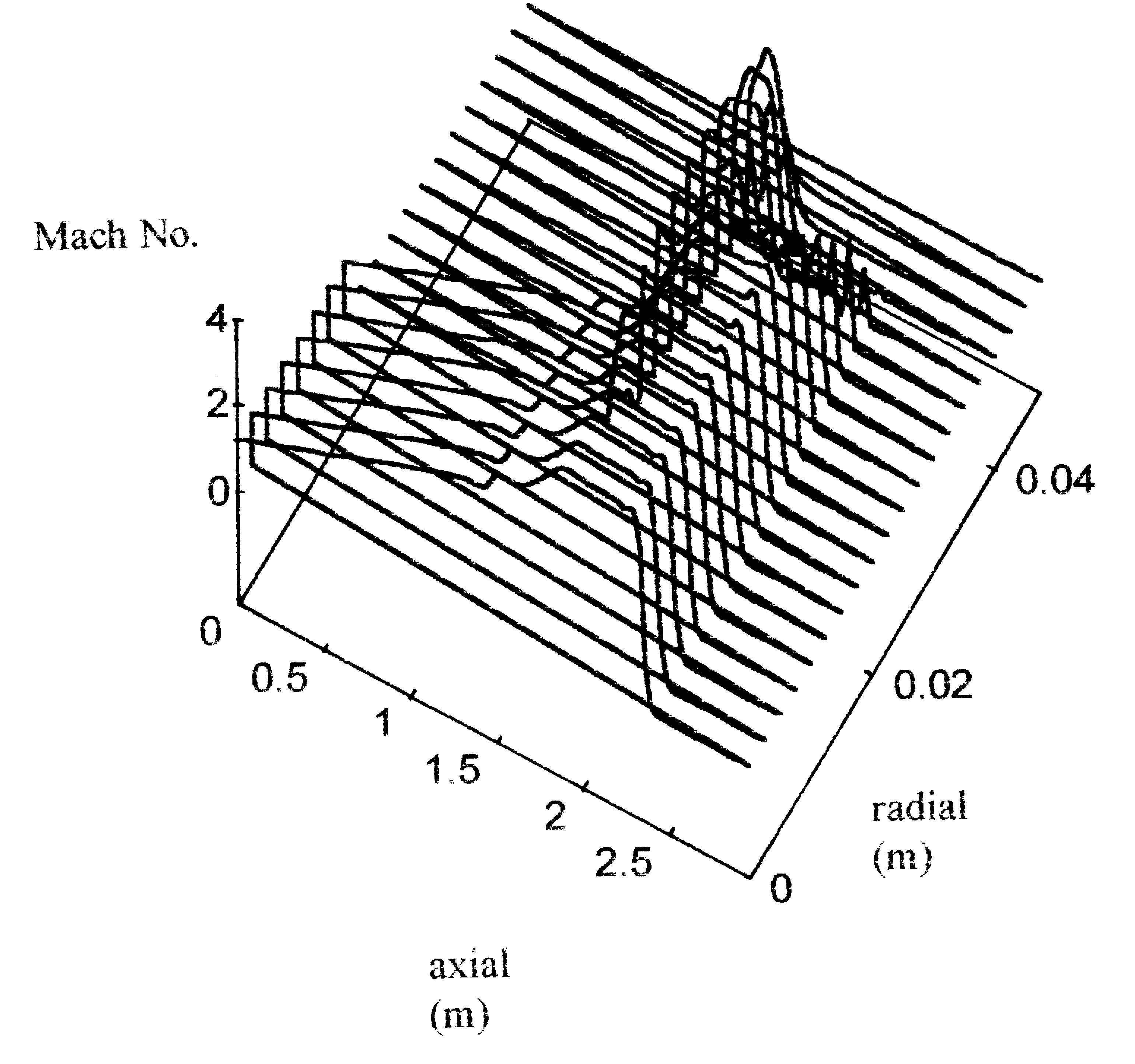Design of Seismic Sources
Seismic sources in current general use have in the past been developed on an ad hoc basis.Early exploration for oil and natural gas used dynamite as the field source, both on-land and at sea.A hammer-based impact source is appropriate for use on land and a significant advance was the development of the Vibroseis source by Conoco in which a programmed impact plate hitting the ground could be used to produce compressional and shear waves. The environmental unacceptability of dynamite was avoided by this development, but some environmental and field problems remained, particularly as a large Vibroseis vehicle causes damage to the land surface in an extensive survey and the vehicle is not easily employed in exploration areas of difficult terrain. Offshore, the problems with dynamite in killing fish stocks and damaging the sub-sea environment were overcome by its replacement by the air gun, developed principally by Bolt for the production of compressional waves.Currently, the air gun and its variants (e.g. the sleeve gun) are universally used for offshore exploration.A development of the air gun is also used as a less complex alternative to the Vibroseis source for compressional wave generation in on-land exploration.
In the 1980's the increased sophistication of digital processing of seismic field data required the development of sources which produced both compressional and shear waves. Such sources had to be less expensive to operate than a Vibroseis source and had to be capable of operation with little environmental impact in the exploration area. Some thought had to be given to the gas dynamics of seismic source design and this entailed a shift from ad hoc approaches of previous decades.The shock wave source developed in the late 1980's (Melvin: US patent no. 4,667,766; UK patent no. GB2165945 ) was founded on thoroughgoing gas dynamic design (Melvin and Clarke: Proc. Roy. Soc. London A 450, 351(1995); Melvin: Shock Waves 8, 257 (1998)) and has proved effective for the simultaneous generation of compressional and shear waves in sedimentary rocks.The field version of the shock wave source employs a shock wave valve to permit repetitive operation at ca. 4 firings per minute.This source has proved to be particularly appropriate for both compressional and shear wave structure analysis in vertical seismic profiling (VSP) surveys applicable to hydrocarbon reservoirs (cf. Melvin and Clarke op. cit.).

The above figure shows the acceleration of a shock front from Mach 3 to Mach 4 for a shock wave source as the wave expands into a dry borehole of radius greater than the source exit.
An even simpler gas dynamic design is the detonation wave source (Melvin: UK patent application no. GB2315551A) which achieves repetitive generation of high pressure detonation waves for borehole conversion to compressional and shear waves by successful electrical ignitions of detonable gas mixtures in an open-ended detonation tube.